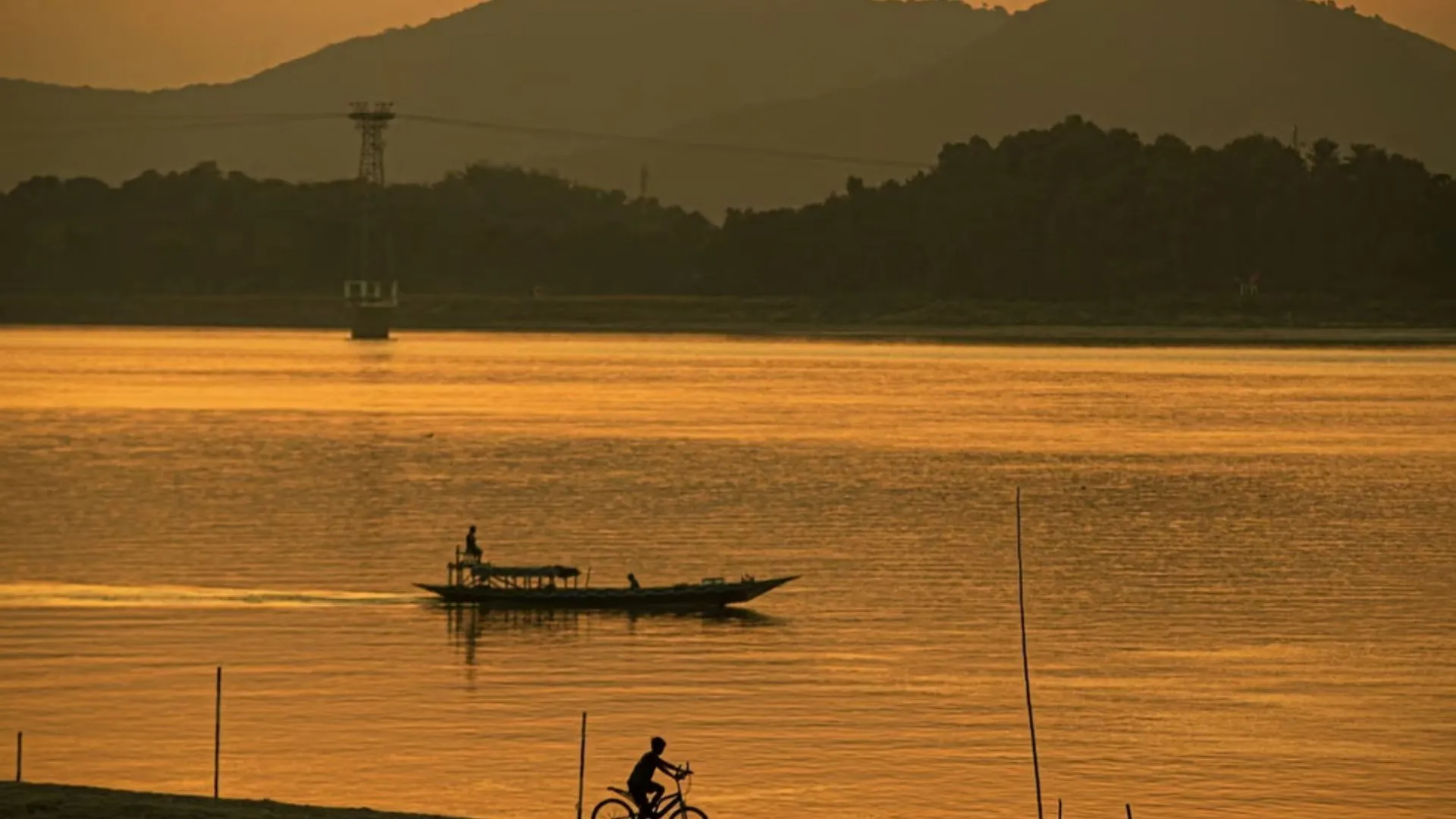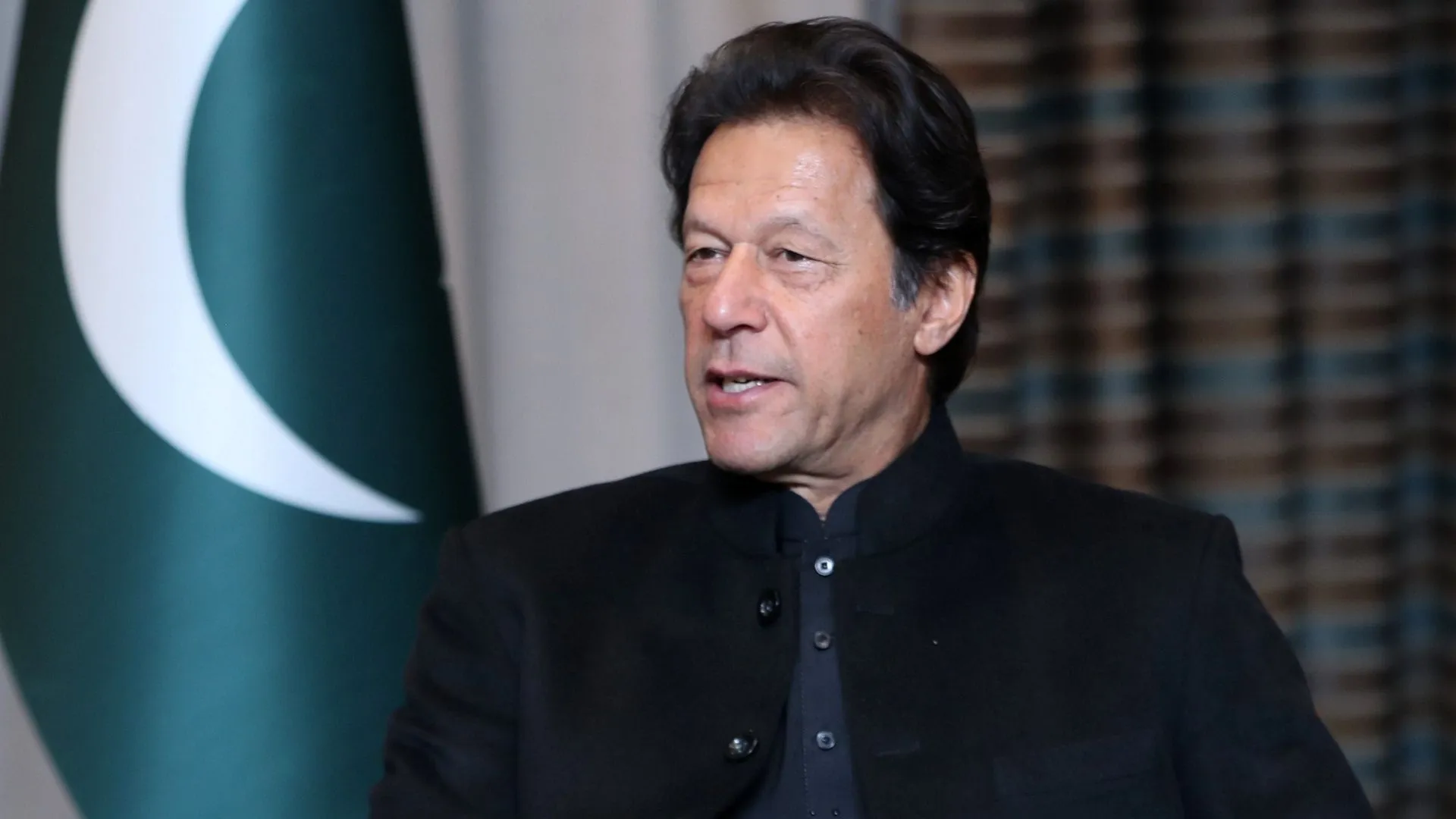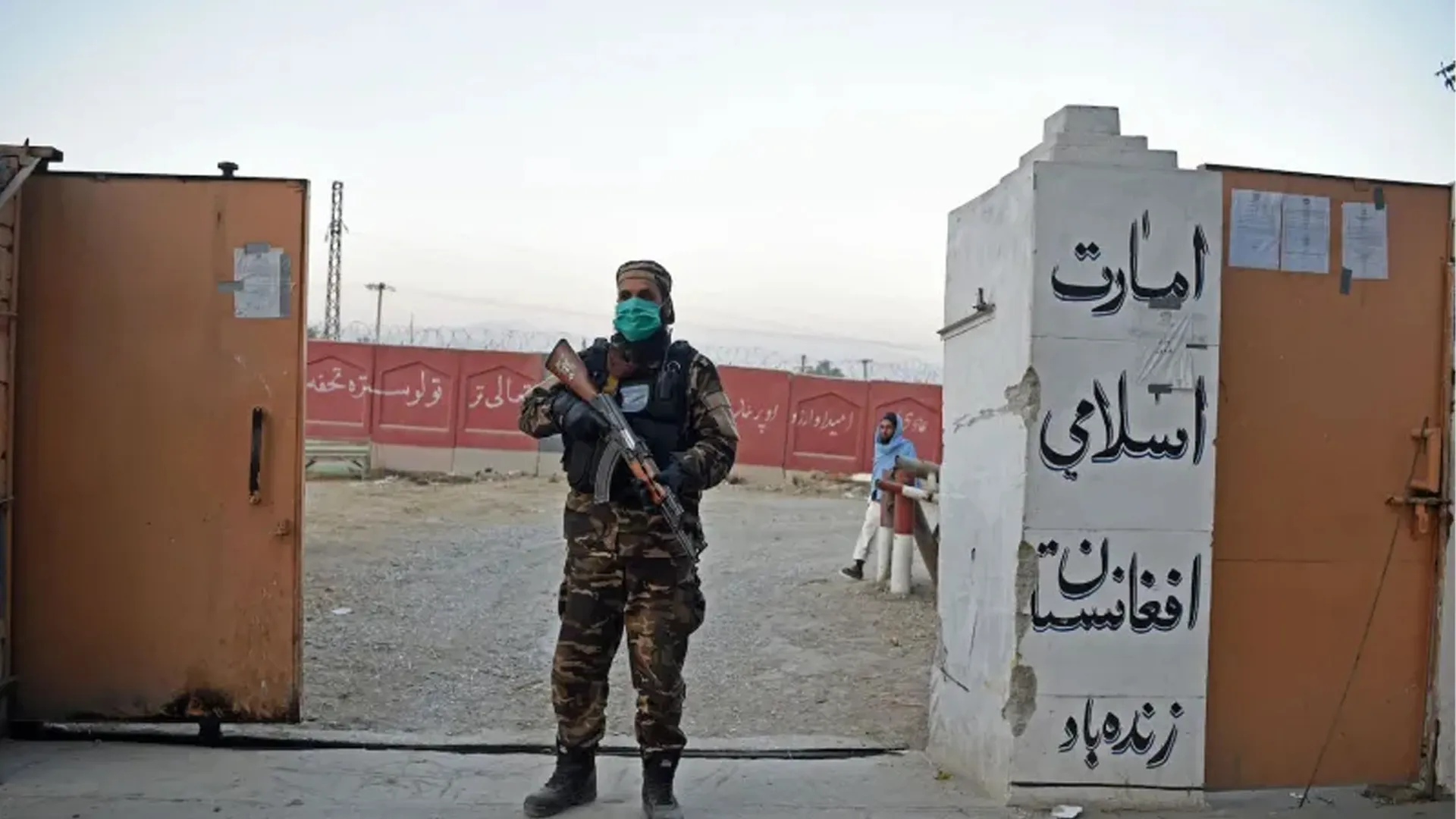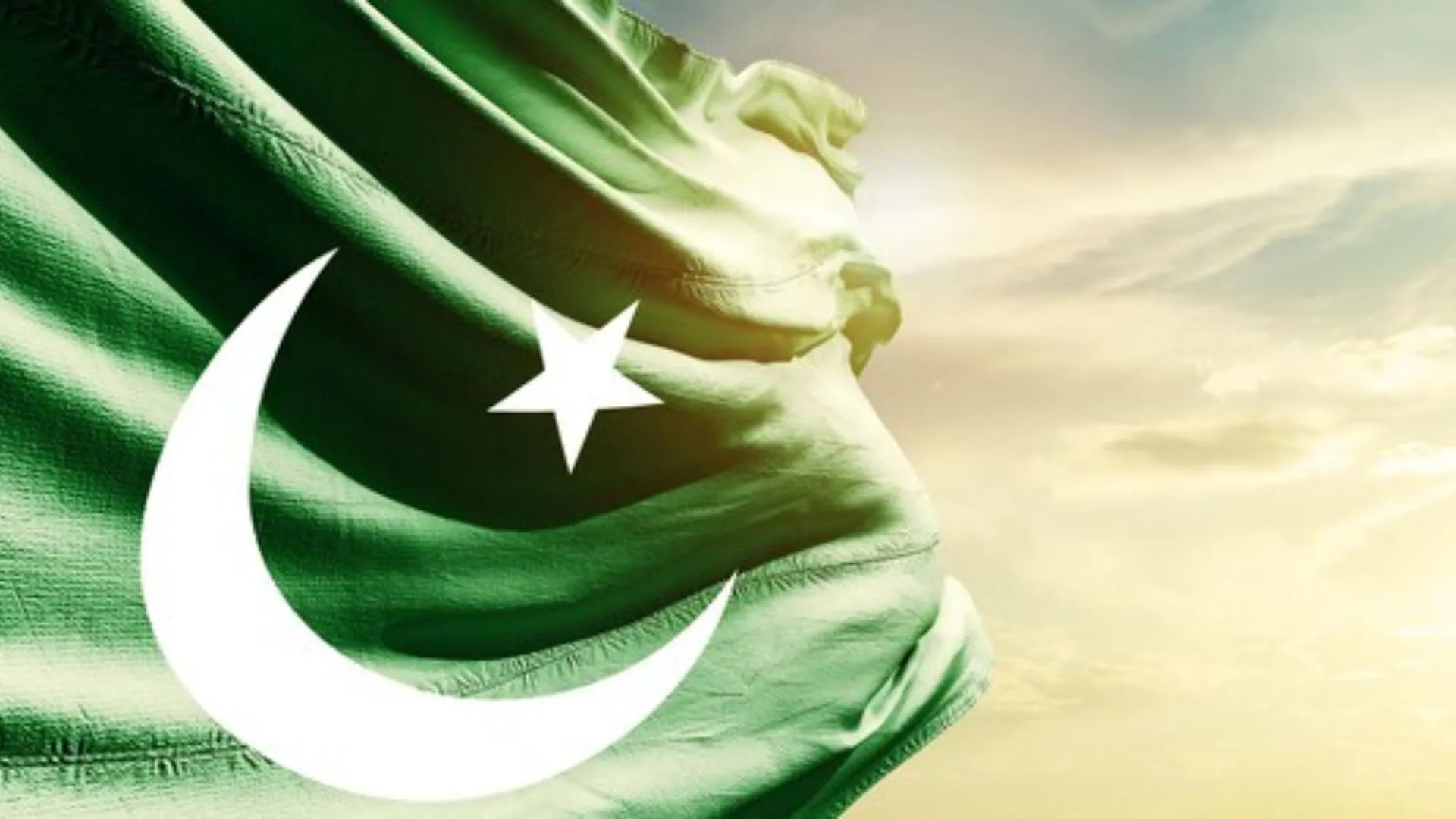Despite a halt in military engagements between India and Pakistan, tensions continue to simmer over water. Following the Pahalgam terror attack, India suspended the Indus Waters Treaty (IWT) of 1960, prompting outrage in Islamabad. Reports now indicate that water levels in the Indus and Jhelum rivers within Pakistan have declined significantly, threatening its upcoming summer crop season.
Pakistan’s Warning: “What If China Blocks Brahmaputra?”
Amid water shortages, Pakistan has issued a fresh warning, suggesting India’s move could trigger China to retaliate by halting the flow of the Brahmaputra River into India. Rana Ihsaan Afzal, advisor to Prime Minister Shehbaz Sharif, said on a private news channel:
“If India does something like this and stops the flow of water to Pakistan, then China can also do the same thing… If things like this happen, the entire world will be in a war.”
China, too, has weighed in. Victor Zhikai Gao, vice president of the Center for China and Globalization, cautioned India by saying:
“Just like rivers from India flow into Pakistan, rivers from China also flow into India… If India acts against others, it should be prepared for similar responses in return.”
Himanta Biswa Sarma Debunks Pakistan’s “Brahmaputra Threat”
Reacting strongly, Assam Chief Minister Himanta Biswa Sarma dismissed Pakistan’s concerns as unfounded. In a detailed post on X (formerly Twitter), he wrote:
“Let’s dismantle this myth — not with fear, but with facts and national clarity.”
He clarified that China contributes only 30–35% of the Brahmaputra’s water, derived mainly from glacial melt and limited rainfall in Tibet. The remaining 65–70% comes from monsoon rains and tributaries within India.
Sarma explained the river’s strength increases after entering India: “At the Indo-China border (Tuting), flow is 2,000–3,000 metres per second. In Assam plains (for instance, Guwahati), the flow swells to 15,000–20,000 metres per second.”
He even argued that if China blocked the river’s flow, it could help reduce Assam’s flood risks. Sarma concluded by saying:
“China has never officially threatened to weaponise the Brahmaputra,” calling Pakistan’s statement pure “speculative fear-mongering.”
Experts Remain Cautious Despite Sarma’s Reassurance
While Sarma’s response brought some clarity, experts remain cautious. Their concerns stem from China’s announcement in December 2024 to construct the world’s largest hydropower dam on the Yarlung Tsangpo (Brahmaputra) in Tibet.
Experts warn that such a dam could cause flash floods and environmental damage downstream in India. The Yarlung Tsangpo becomes the Brahmaputra upon entering Arunachal Pradesh. Once complete, the dam would produce energy three times greater than China’s current Three Gorges Dam, which generates 88.2 billion kWh annually.
Genevieve Donnellon-May, a geopolitical strategist, warned earlier:
“India worries the project could result in the country depending on China for its water supplies.”
Other analysts also raise concerns about sediment accumulation, which could reduce agricultural productivity and threaten food security. The proximity of the dam to Arunachal Pradesh — a region contested by both nations — adds a strategic dimension to the issue.
Additionally, experts highlight the seismic vulnerability of the Himalayan region. A dam failure or mismanagement during extreme weather could trigger massive downstream flooding in India, causing severe humanitarian and economic fallout.























